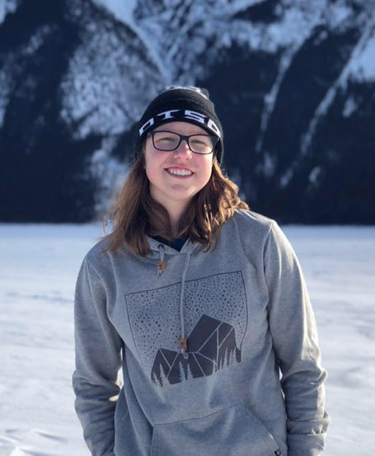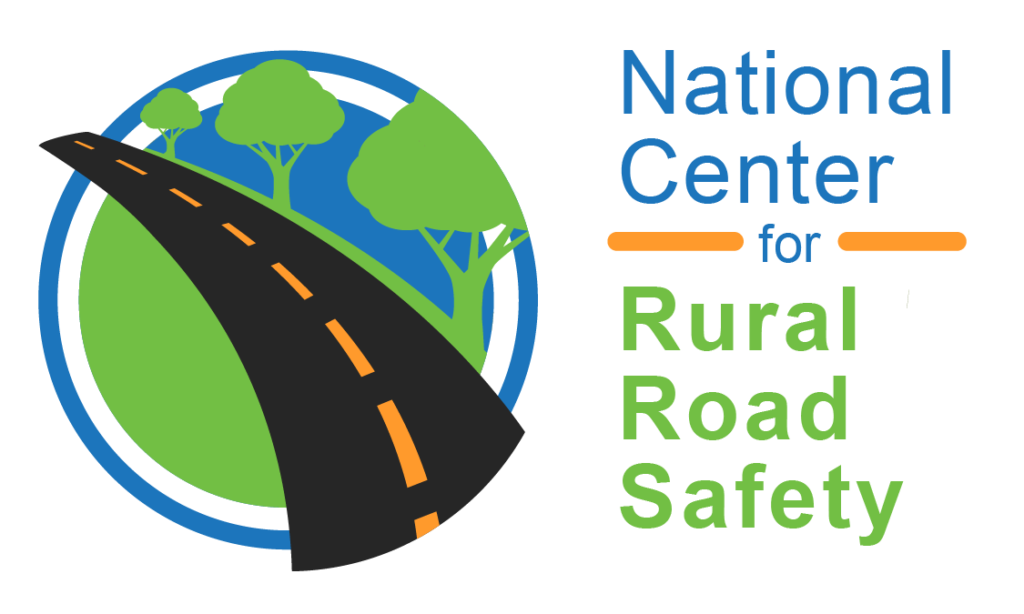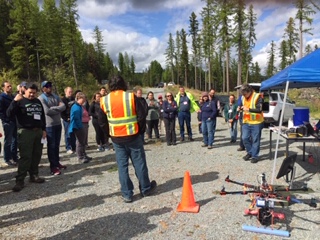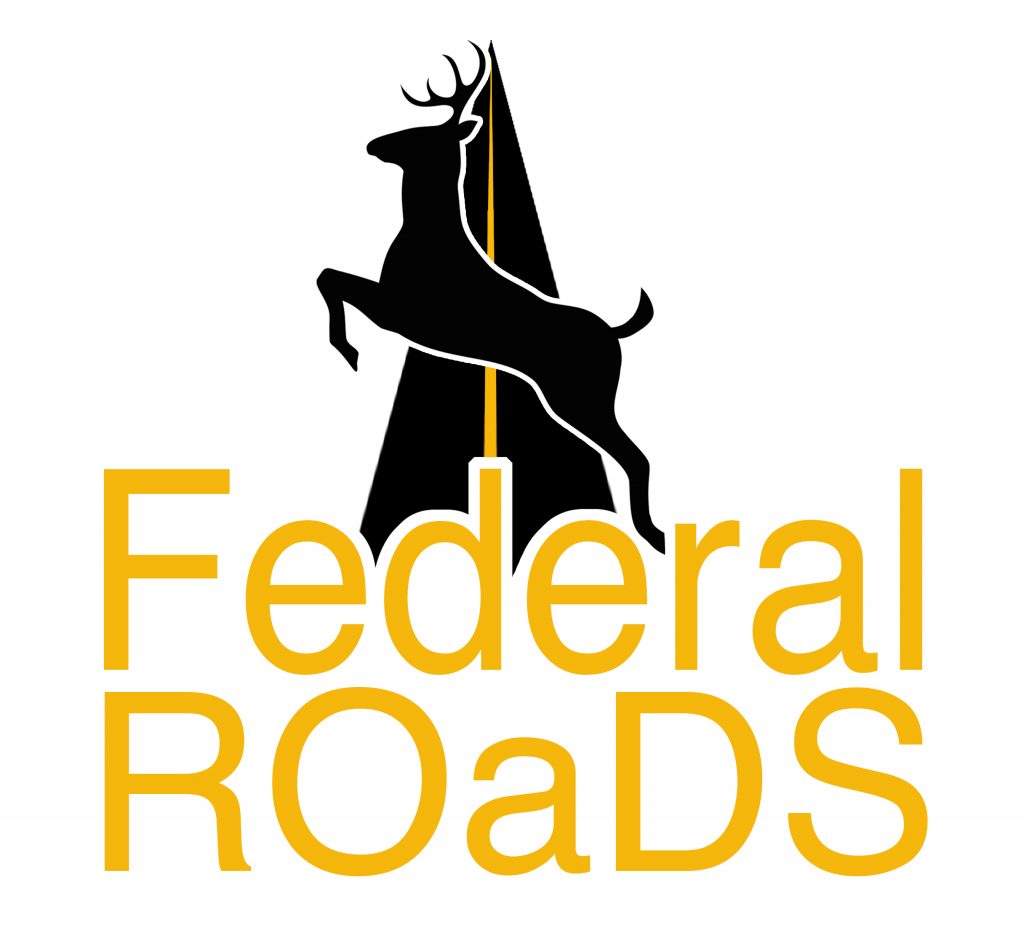Public Lands Transportation Fellows Explore Federal Opportunities, Meet, and Present at TRB 2024

The Public Lands Transportation Fellows (PLTF) program is a collaboration between WTI, the National Park Service, and the US Fish & Wildlife Service, that provides outstanding graduate students with transportation-related fellowships and long-term job opportunities in federal land management agencies. WTI is particularly proud of this program, its participants, and their creativity and problem-solving acumen. […]
Traffic Incident Management (TIM) Strategies for Rural Environments
BTSCRP BTS-15 Highway Safety Behavioral Strategies for Rural Areas
MSU Undergrads Assisting with Safety Center Research

Welcome to Andy Merkel and Maddy Pernat, who are new undergraduate research assistants at WTI. By supporting projects conducted by the National Center for Rural Road Safety, they will have the opportunity to develop not only new research skills, but other valuable professional development skills related to communications and outreach. For example, Andy is helping […]
WEBINAR – Local Road Safety Plans

Did you attend the webinar by the National Center for Rural Road Safety (Rural Safety Center) in December about Local Road Safety Plans? Don’t miss Part 2! The Rural Safety Center and the NLTAPA Safety Working Group are co-hosting a FREE, 1.5-hour online webinar entitled LRSP Part 2: A Roadmap to Getting Home Safely. This […]
12th TRB International Conference on Low Volume Roads comes to Kalispell, Montana

Kalispell, Montana proved to be an ideal venue for the 12th TRB International Conference on Low Volume Roads, held in late September. Sponsored by the Transportation Research Board and co-sponsored by the Forest Service, U.S. Department of Agriculture, the conference welcomed 250 participants from 22 countries who experienced low volume roads in northwest Montana firsthand. […]
Wildlife Vehicle Collision Data Collection System: Second phase of development complete

The WTI Road Ecology program, in partnership with the MSU Gianforte School of Computing, has completed a second phase of research on a system to simplify how wildlife vehicle collision (WVC) data is collected and shared among federal agencies. The research program is sponsored by the National Center for Rural Road Safety, the National Park […]
Bonus Safety Center Webinar in July!
The National Center for Rural Road Safety will host a second webinar this month! This free webinar on “Safe Systems for Rural Areas” will be offered on Wednesday, July 31 at 11 a.m. (Mountain Time). This webinar will introduce principles of Safe Systems and provide context for the Safe Systems approach in relation to other […]
Rural Planning Webinar This Week!

The National Center for Rural Road Safety will host a free webinar on “Rural Multimodal Planning” on Thursday June 20 at 11 a.m. (Mountain Time). This webinar will explore why and how rural communities and small towns should apply more multimodal planning. It will describe current demographic and economic trends that are increasing demands for […]
On the Road to Safety – Engaging Partners at National Events
Improving safety on rural roadways is a multi-faceted challenge – to make progress, it helps to collaborate with many partners. WTI’s Jaime Sullivan, who is also the Manager of the National Center for Rural Road Safety, has been on the road in recent weeks meeting with key safety partners at national meetings and conferences. At […]
